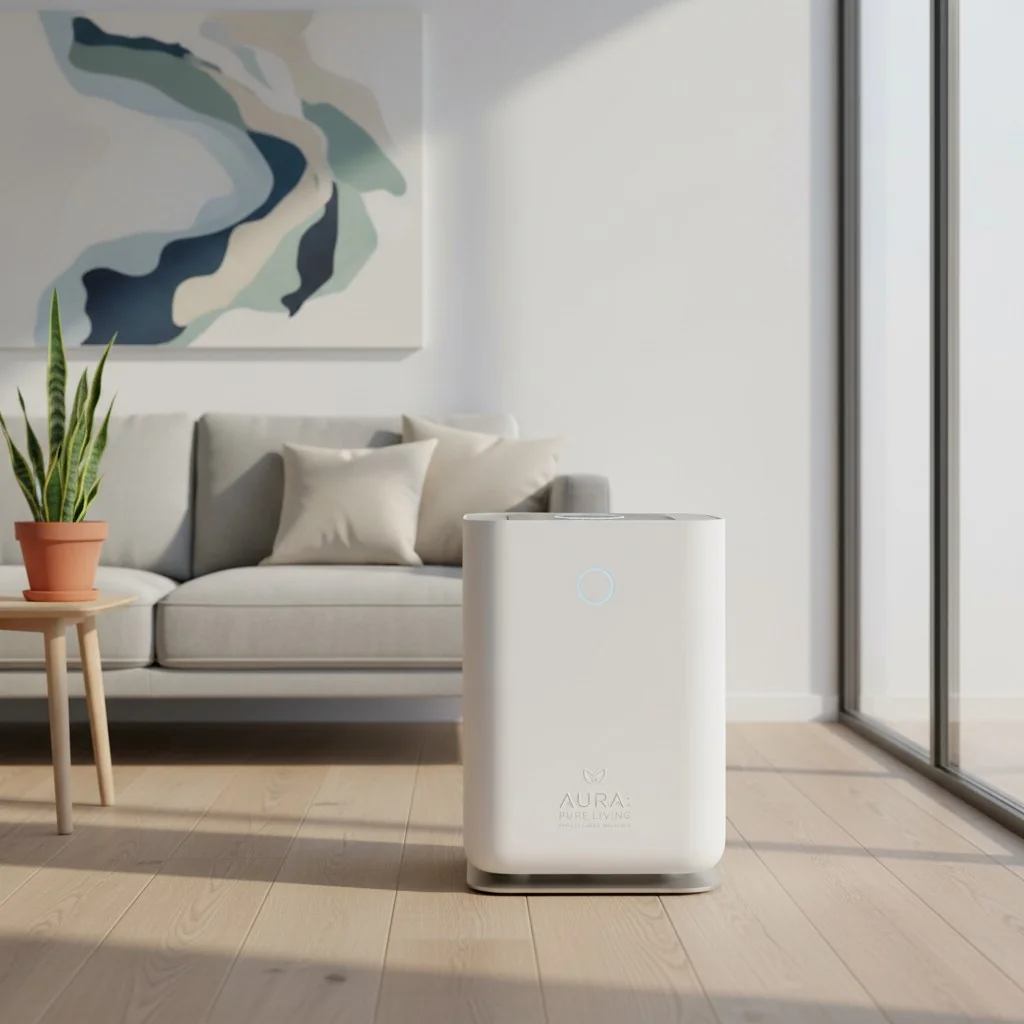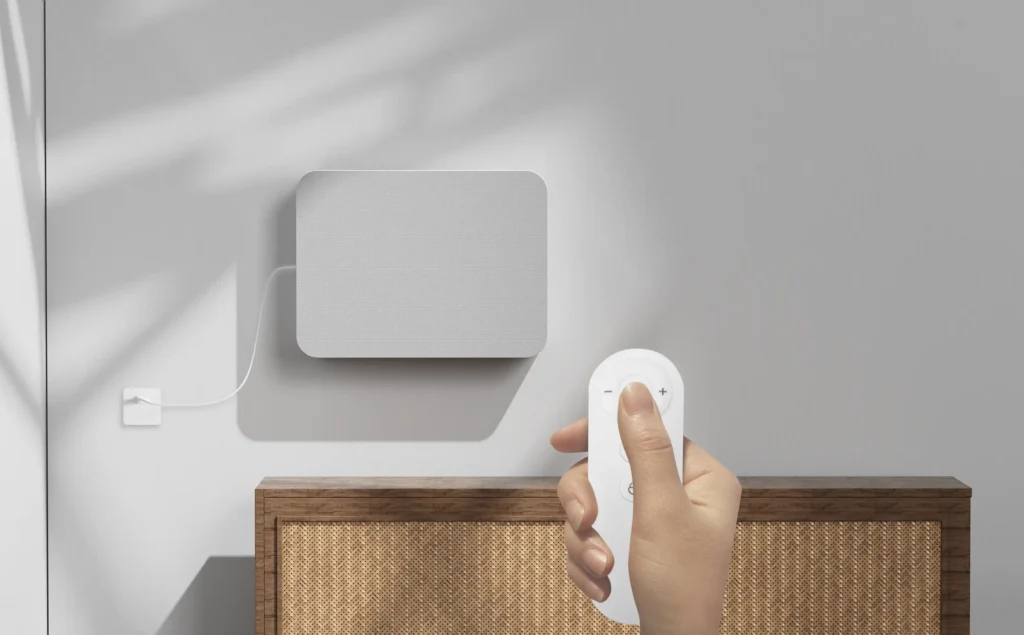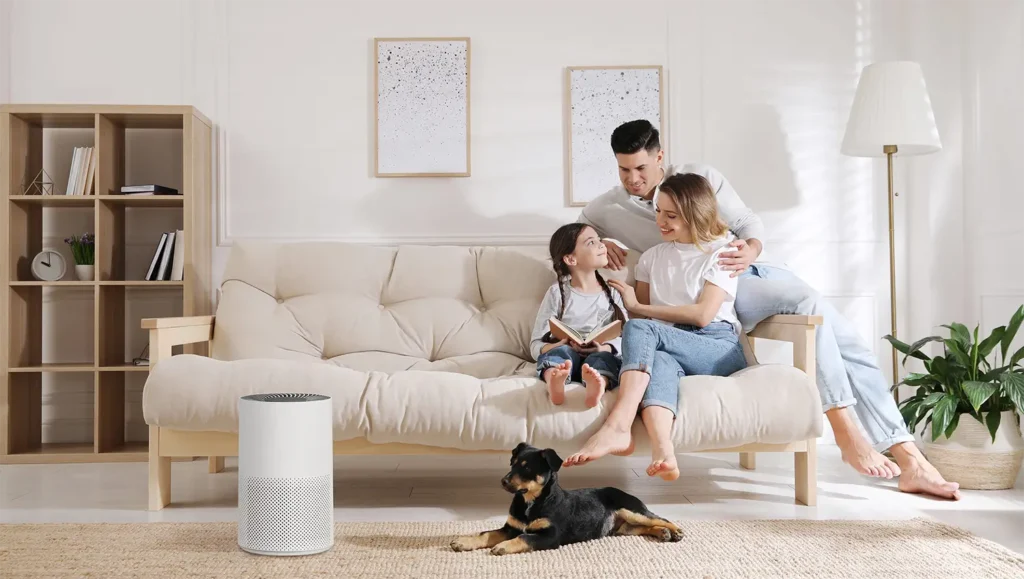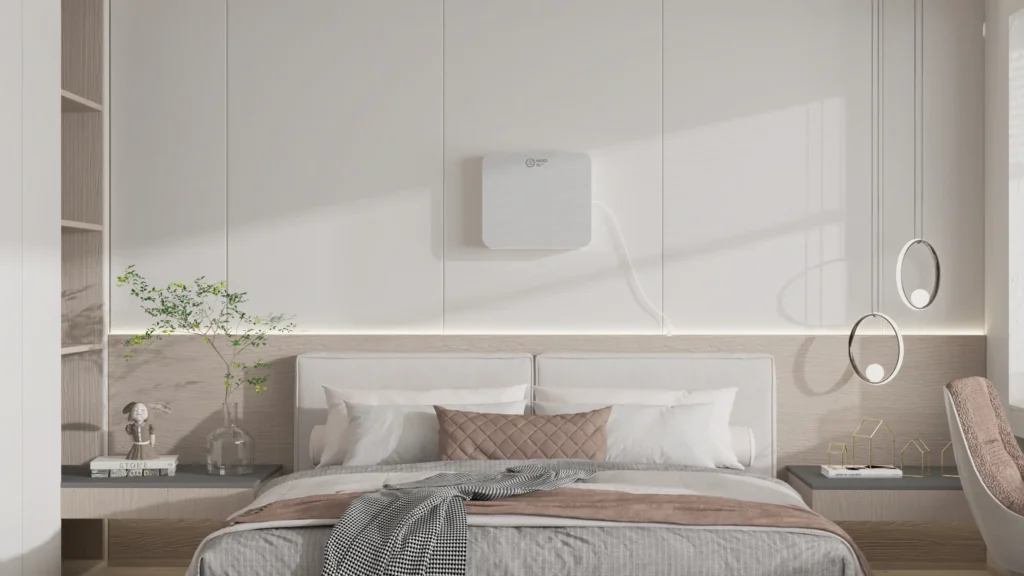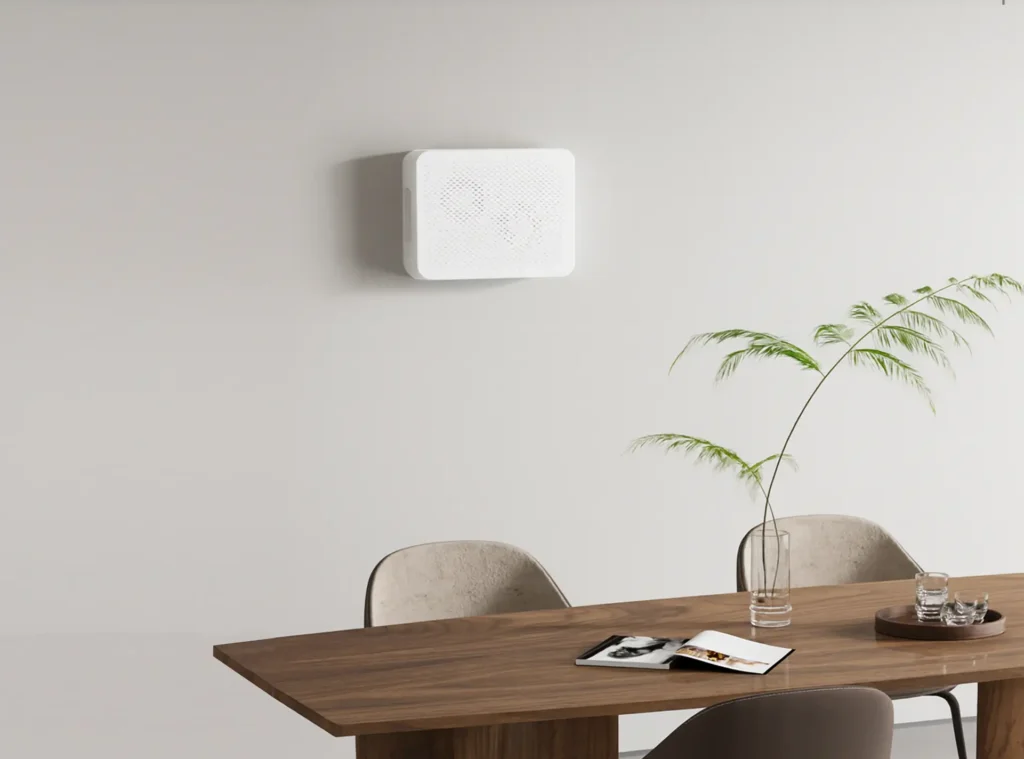For millions worldwide, the changing seasons or even just being at home can trigger a cascade of uncomfortable allergy symptoms – sneezing, itchy eyes, runny nose, and congestion. While outdoor allergens like pollen are often blamed, the truth is that indoor air can be significantly more polluted than the air outside, harboring a myriad of allergens such as acariens, phanères d'animaux, spores de moisissures, and even microscopic particles from smoke and chemicals. As we spend a substantial portion of our lives indoors, ensuring the air we breathe at home is clean becomes paramount for les personnes souffrant d'allergies. This often leads to a crucial question: Do air purifiers really work for allergen reduction? The short answer is a resounding yes, but their effectiveness hinges on understanding how they work and, more importantly, choosing the right one. In this comprehensive guide, we will delve into the science behind purification de l'air, explore key factors that determine an purificateur d'air's efficacy, and provide actionable insights to help you breathe easier and find lasting relief from allergies.
What Exactly is an Air Purifier and How Does It Combat Allergens?
Un purificateur d'air is an appliance designed to remove contaminants from the air in a room, thereby improving qualité de l'air intérieur. At its core, an purificateur d'air consists of a fan that draws in ambient air and a series of filters that trap airborne particles before expelling cleaner air back into the room. This continuous circulation and filtration process is what makes them effective tools in the fight against allergènes. The primary mechanism through which purificateurs d'air combat allergènes is by physically capturing these microscopic irritants from the air. Unlike some other methods that might only mask odors or settle particles, a high-quality purificateur d'air actively removes them from your breathing space.

Why Does Air Purifier Performance Matter for Allergen Reduction? The CADR and HEPA Connection
While the concept of an purificateur d'air seems straightforward, their actual performance in reducing allergènes varies significantly. This is where understanding key specifications like Taux de livraison d'air pur (CADR) et Filtres HEPA véritables becomes critical. Many consumers, in an attempt to save money, opt for cheaper purificateurs d'air, often found for less than $100 on platforms like Amazon. However, these budget-friendly options typically have limited performance, often with CADR ratings below 200 CFM (Cubic Feet per Minute), and sometimes even lower than 100 CFM. This low CADR means the purificateur d'air simply doesn't have enough power to effectively circulate and clean the air in your indoor space, especially in larger rooms or homes common in the USA. Consequently, despite having an purificateur d'air, you might still experience significant allergy symptoms because the device isn't adequately cleaning the air. The effectiveness of an purificateur d'air in reducing allergènes is directly proportional to its ability to process and clean a sufficient volume of air within a given timeframe. Therefore, for optimal allergen reduction, it is highly recommended to choose a high-performance purificateur d'air with a higher CADR rate, ideally over 200 CFM, to ensure adequate air circulation and purification for your indoor environment.
Another crucial factor is the type of filter used. For effective allergen removal, an purificateur d'air must utilize a Véritable filtre HEPA. HEPA stands for High-Efficiency Particulate Air, and a Véritable filtre HEPA is certified to capture at least 99.97% of airborne particles 0.3 microns in size [^5]. This includes common allergènes tels que pollen, acariens, phanères d'animauxet spores de moisissures. Beware of products that claim to have "HEPA-type" or "HEPA-style" filters, as these often do not meet the stringent filtration standards of a Véritable filtre HEPA and may not be as effective in capturing microscopic allergènes. The quality of the filter is paramount; it is the core component responsible for trapping the particles that trigger your allergies.

Why a High CADR and Large Coverage Area are Essential for US Homes
Given that many consumers in the USA reside in larger homes, the coverage area of an purificateur d'air becomes a critical consideration. A low-performance purificateur d'air, typically those under $100 on Amazon, simply cannot effectively clean the air in a large living space. Imagine trying to cool a large house with a small desk fan – it just won't work efficiently. Similarly, an purificateur d'air with a low CADR and limited coverage will struggle to adequately circulate and purify the air in a spacious American home. This means that even if the purificateur d'air is running constantly, significant portions of your indoor environment will remain unpurified, leaving you exposed to allergènes. For effective allergen reduction in larger spaces, it is crucial to select an purificateur d'air with a CADR of over 200 CFM and a design that can handle substantial room sizes. This ensures that the air in your entire living area is consistently filtered, providing comprehensive protection against airborne allergènes.

The Critical Role of True HEPA Filters in Allergen Removal
As mentioned earlier, the type of filter an purificateur d'air uses is absolutely critical for effective allergen removal. A Véritable filtre HEPA is not just a marketing term; it signifies a filter that meets a specific standard of efficiency. These filters are designed to capture 99.97% of airborne particles as small as 0.3 microns [^5]. To put this into perspective, common allergènes comme pollen, phanères d'animaux, dust mite debris, and spores de moisissures are all within or larger than this size range, making Filtres HEPA véritables highly effective at trapping them. Without a Véritable filtre HEPA, an purificateur d'air's ability to remove these microscopic irritants is severely compromised. It's the difference between merely stirring up the air and actually cleaning it. Therefore, when evaluating purificateurs d'air pour allergen reduction, always prioritize models that explicitly state they use Véritable filtration HEPA. This is a non-negotiable feature for anyone serious about mitigating allergy symptoms through purification de l'air.

Maintaining Optimal Performance: The Importance of Regular Filter Replacement
Even the best purificateur d'air with a high CADR et un Véritable filtre HEPA will lose its effectiveness if not properly maintained. The filters, especially the Véritable filtre HEPA, are designed to trap particles, and over time, they become saturated with these trapped allergènes. When a filter is full, it can no longer efficiently capture new particles, and in some cases, it can even become a breeding ground for bacteria or mold if not replaced. This is why regular filter replacement is paramount for ensuring your purificateur d'air consistently performs at its peak for allergen reduction. As a general guideline, it is recommended to replace your purificateur d'air filters every 6 months. However, this can vary depending on usage, qualité de l'air intérieur, and the manufacturer's recommendations. Neglecting filter replacement is akin to driving a car with a clogged engine – it won't perform optimally, and its efficiency will drastically decline. By adhering to a consistent filter replacement schedule, you ensure that your purificateur d'air remains a powerful ally in your battle against allergies.
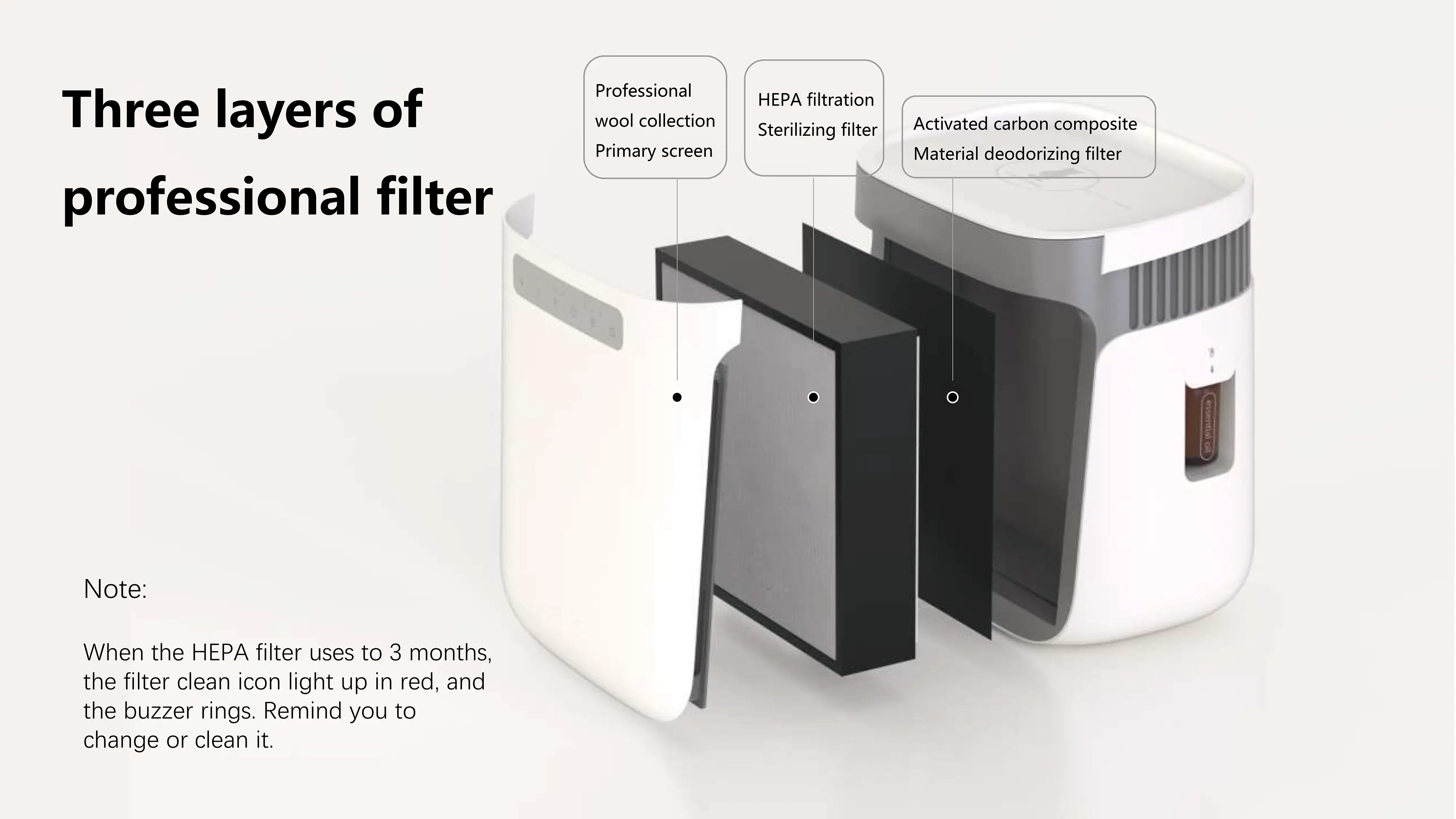
Conclusion: Making an Informed Choice for Allergen Relief
In conclusion, the answer to "Do air purifiers really work for allergen reduction?" is a definitive yes, provided you make an informed choice. Purificateurs d'air are not a magic bullet, but they are a highly effective tool when used correctly and with the right specifications. To truly experience relief from airborne allergènes, prioritize purificateurs d'air with a high Taux de livraison d'air pur (CADR), ideally over 200 CFM, to ensure adequate air circulation and purification for your living space, especially in larger homes. Crucially, always opt for models equipped with Filtres HEPA véritables, which are proven to capture 99.97% of microscopic particles that trigger allergies. Finally, remember that consistent performance relies on regular filter replacement, typically every 6 months. By understanding these key factors and investing in a high-performance purificateur d'air, you can significantly improve your qualité de l'air intérieur, reduce your exposure to allergènes, and ultimately, breathe easier in your own home. Don't compromise on your health; choose an purificateur d'air that truly works for you.


